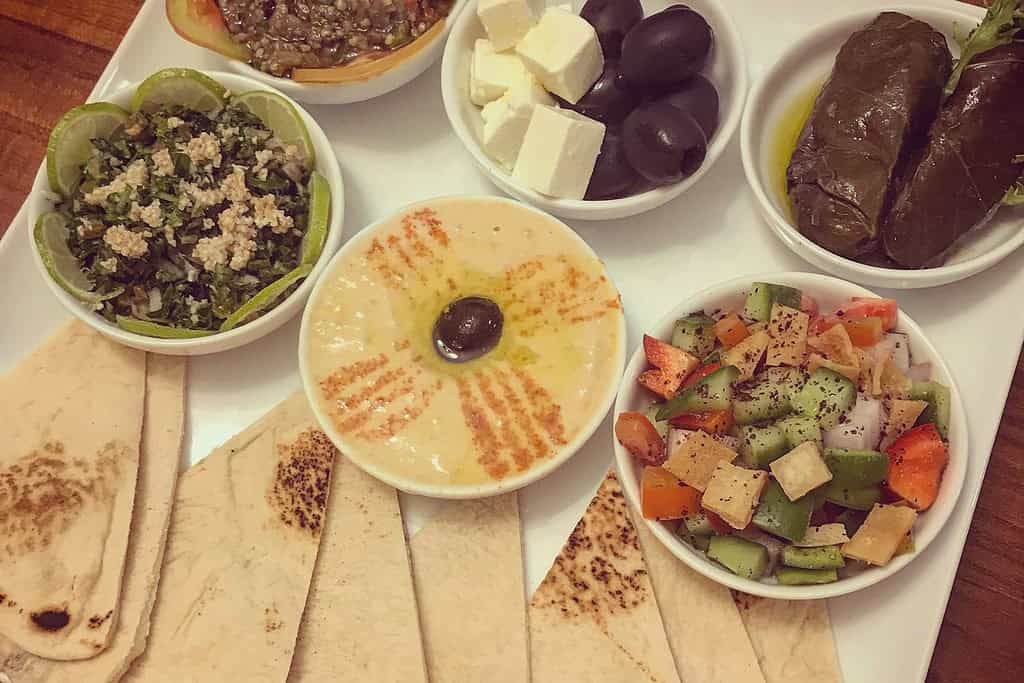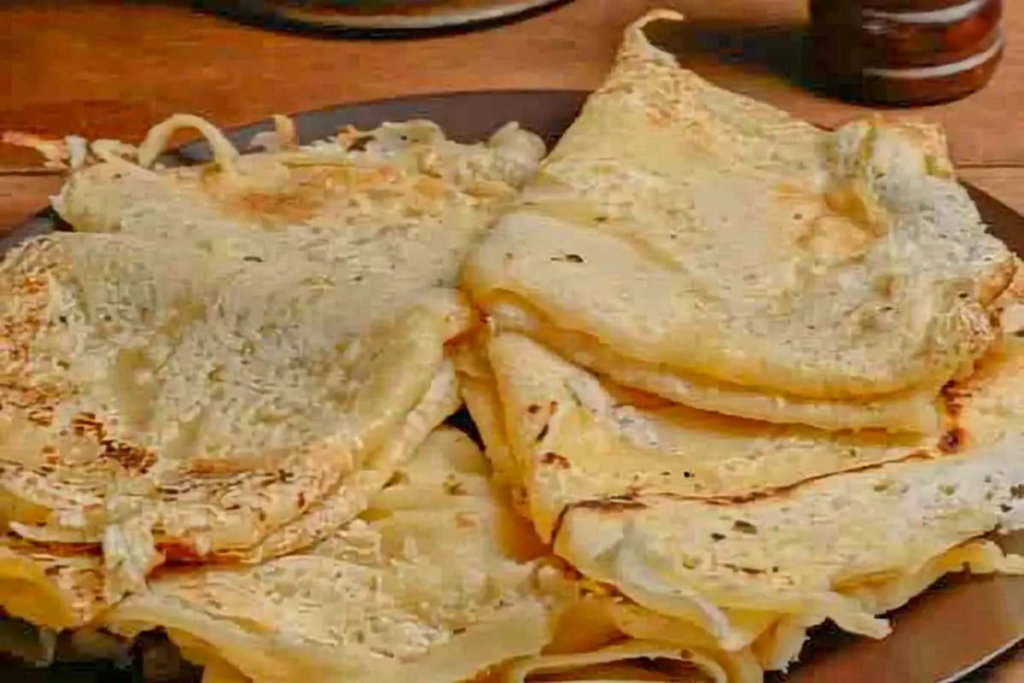The Secret Ingredients Behind Popular Omani Food Recipes reflect centuries of culture, trade, and rich heritage. These dishes are not just meals—they are a journey through Oman’s vibrant history, told through spices, flavors, and carefully chosen ingredients. Understanding these elements will open your kitchen to authentic Omani cooking and give your meals the true taste of the region.
Why Omani Cuisine Stands Out in the Gulf
Omani cuisine is one of the most underrated treasures in the Arabian Gulf. While many people know about Saudi, Emirati, or Kuwaiti dishes, Omani food recipes are often hidden gems. What sets them apart is the perfect balance between spice, sweetness, and traditional cooking methods. Omani food features influences from Persia, India, East Africa, and the Arabian Peninsula. These influences contribute to its deep flavors and aromatic experience.
But the real secret? It lies in the unique ingredients that bring the dishes to life.
1. Luban (Frankincense) – The Aromatic Star

Frankincense, or Luban in Arabic, is one of the most iconic ingredients in Omani culture. It is often burned for its scent, but in Omani cuisine, it finds its place in drinks and desserts. Used in small amounts, it adds an earthy aroma that gives Omani food recipes their distinct flavor identity. It’s especially popular in sweet dishes and festive meals.
Pro Tip: Add a few drops of frankincense-infused water to traditional rice for a subtle taste enhancement.
2. Black Lime – The Tangy Twist You Didn’t Expect
Another hidden ingredient behind popular Omani food recipes is black lime. These sun-dried limes are used to add depth, sourness, and complexity to stews, rice, and meat dishes. Called “loomi” locally, they are especially common in Shuwa (slow-cooked spiced meat) and Majboos (Omani spiced rice).
When boiled with broth or crushed into spice blends, black lime provides a smoky, citrusy layer that brings everything together.
3. Omani Spice Mix – The Flavour Foundation
Every Omani kitchen has a special spice mix—known locally as “Bizar.” This mix can include cumin, coriander, cloves, cardamom, cinnamon, turmeric, and more. What makes it unique is the careful blending of these spices in specific ratios, passed down from generation to generation.
This mix is used in marinades, rice, meat, and fish. It defines the bold and aromatic essence of Omani cuisine.
Did You Know? Each region in Oman has its own version of the Bizar mix, making every household’s food slightly different.
4. Rose Water – The Sweet Perfume of Omani Desserts
Rose water is more than a fragrance—it’s a key ingredient in many Omani desserts like Halwa and Khubz Rakhal. It adds a floral sweetness that pairs beautifully with saffron, nuts, and ghee.
The rose water used in Oman is often locally produced and more concentrated than the commercial kinds, making it both a flavor and fragrance enhancer.
5. Saffron – The Luxury Touch
No discussion of the secret ingredients behind popular Omani food recipes is complete without saffron. This expensive spice is used sparingly but effectively in both sweet and savory dishes. It gives food a golden color, a rich aroma, and a luxurious taste.
From saffron rice to festive sweets, its presence signals that something special is being served.
6. Dates – Oman’s Timeless Ingredient
Dates are the soul of Omani food. They’re used in both main dishes and desserts, and they serve as a natural sweetener. In traditional stews, dates balance out the spices, while in sweets, they provide texture and rich sugar.
Oman is known for its premium date varieties like Khalas and Fard, often processed into syrup or paste and used as a base ingredient.
7. Ghee – The Silent Enhancer
Ghee, or clarified butter, is used extensively in Omani food recipes to cook rice, meat, and desserts. It adds a creamy texture and nutty aroma. While it may seem like a basic ingredient, the secret lies in how and when it’s added.
Adding ghee at the end of cooking locks in flavor and adds depth without overpowering the other spices.
Combining These Ingredients: The True Omani Flavor

When you combine frankincense, black lime, rose water, saffron, and ghee with the foundational spice mix, you get the signature flavor of Omani food. Each ingredient plays a part—not just in taste but in creating a full sensory experience. The food smells good, tastes rich, and carries a sense of history.
Common Omani Dishes That Use These Ingredients
- Shuwa: Slow-roasted meat wrapped in banana leaves, cooked underground. Uses black lime, Bizar spice, and ghee.
- Majboos: Spiced rice dish with chicken or lamb, includes saffron, black lime, and rose water.
- Omani Halwa: Sticky dessert made with dates, rose water, ghee, and saffron.
- Mashuai: Grilled kingfish served with lemon rice, enhanced with Omani spice mix.
- Khubz Rakhal: Omani bread often flavored with dates and ghee.
These dishes are a celebration of Omani identity. Each meal tells a story—one of trade, tradition, and transformation over the centuries.
Final Thoughts – The Power of Simplicity and Tradition
The Secret Ingredients Behind Popular Omani Food Recipes aren’t just about what’s on your plate—they reflect how culture, tradition, and identity can be preserved through cooking. From humble black lime to luxurious saffron, these ingredients form a chain that connects the past to the present.
As Omani food continues to grow in global recognition, understanding these secret ingredients helps us appreciate its depth even more.
So next time you enjoy an Omani meal, remember—you’re not just eating food. You’re tasting a legacy.
Also Read – 10 Delicious Traditional Omani Foods Every Tourist Must Try



